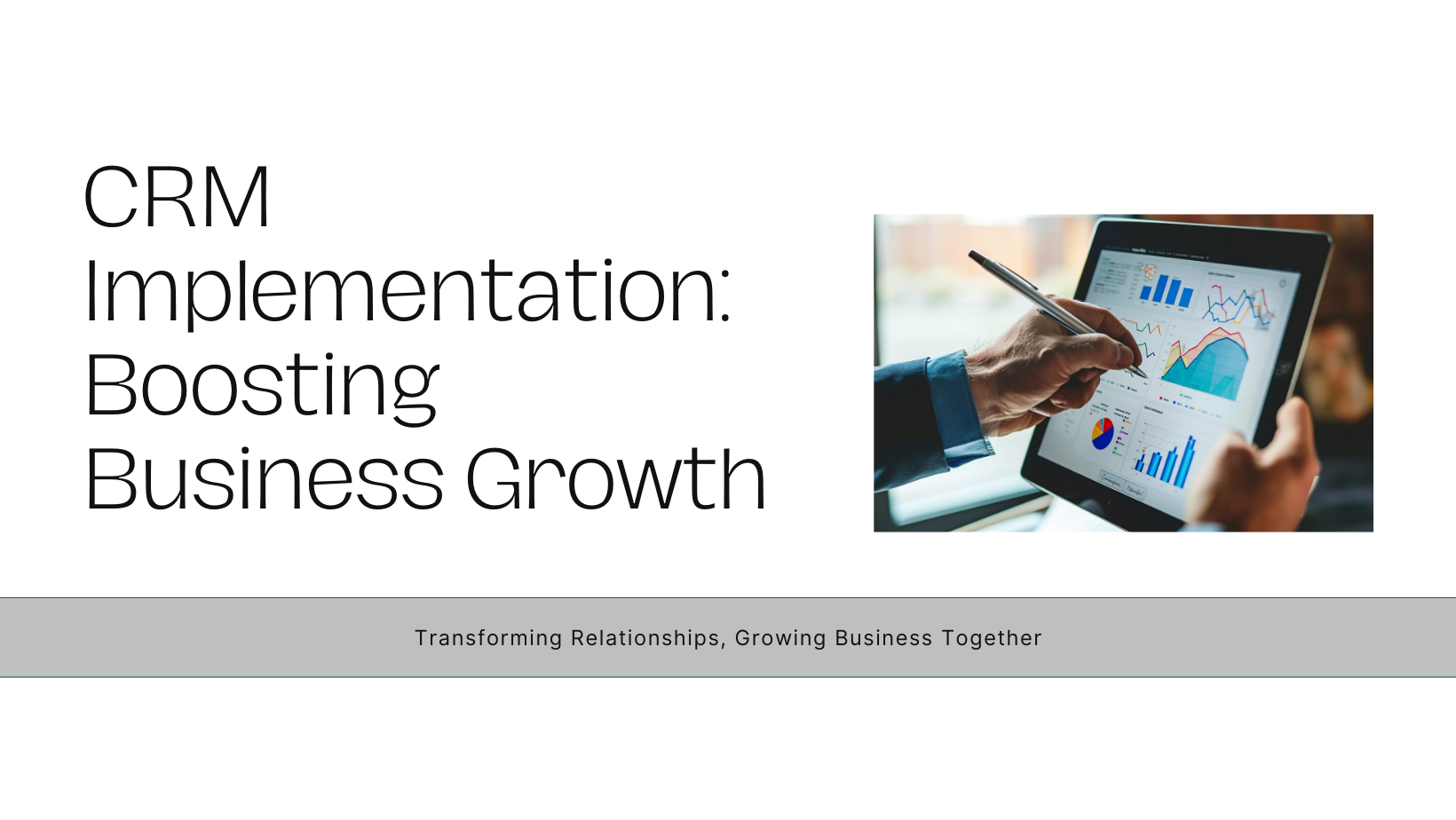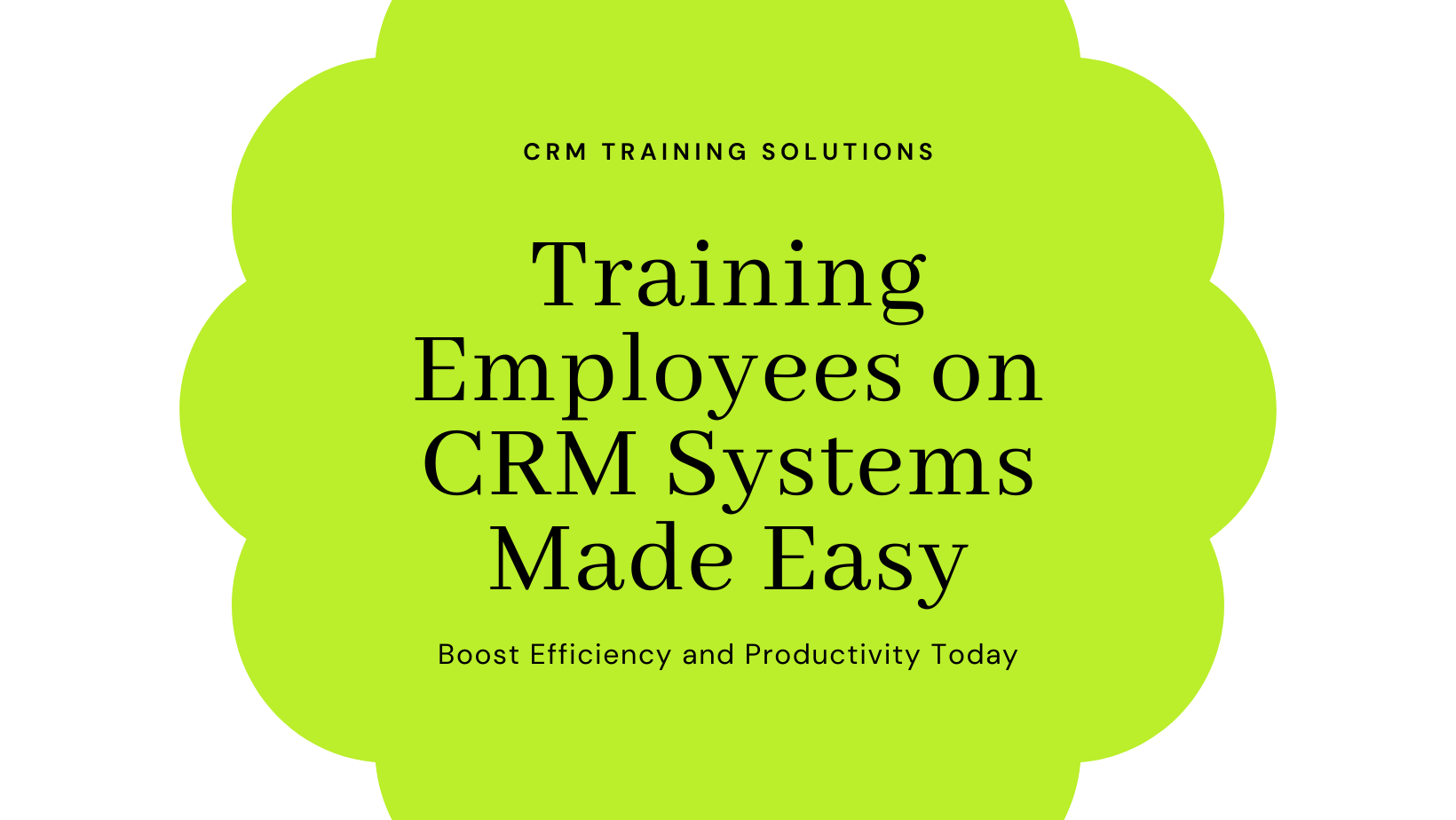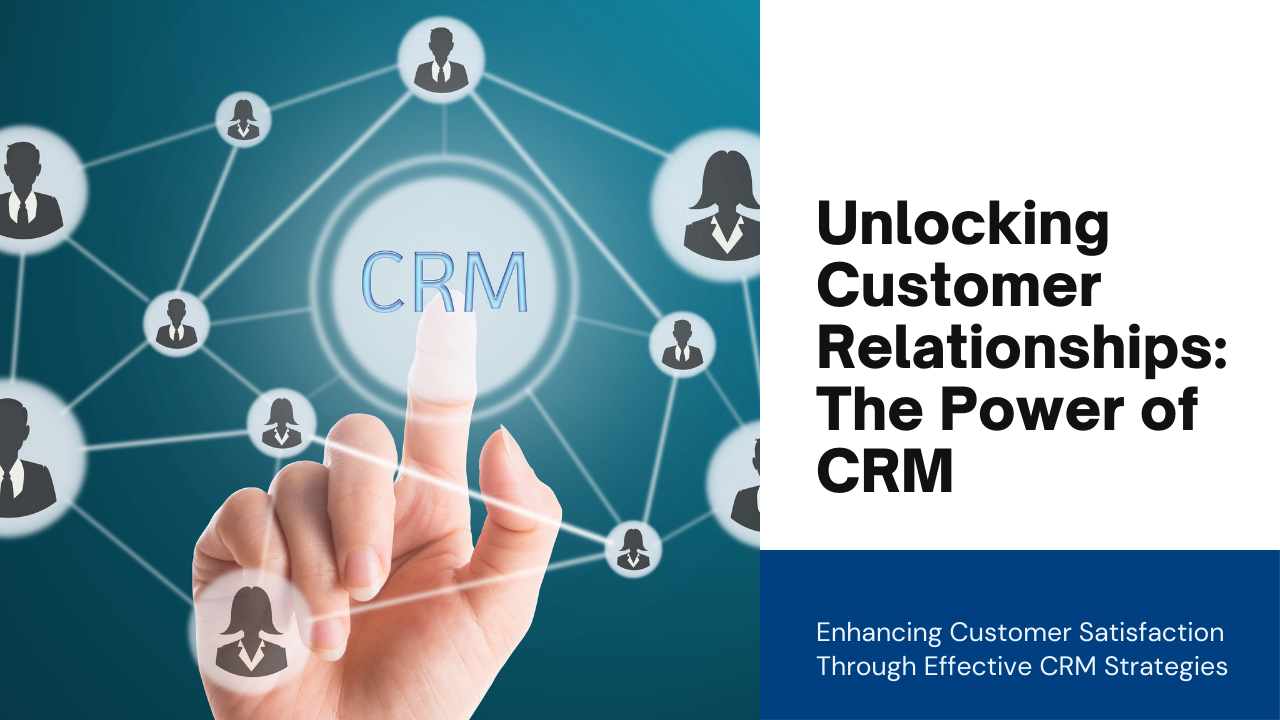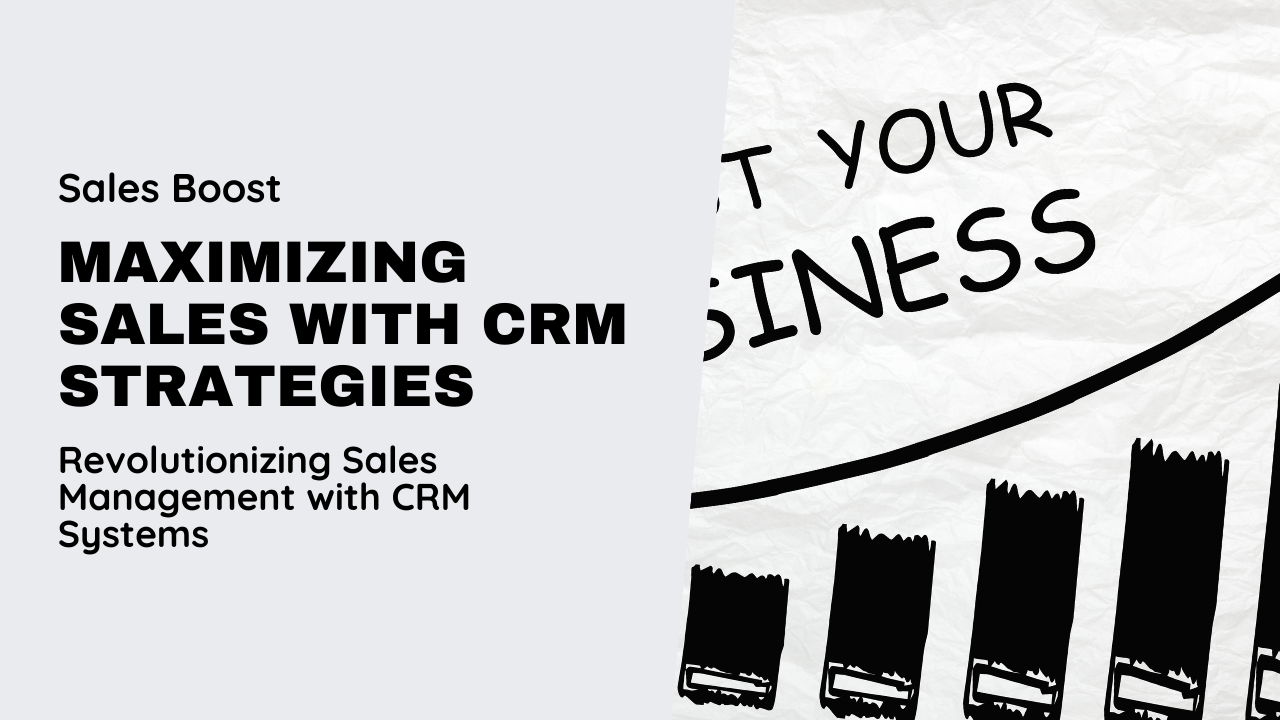Implementing a robust Customer Relationship Management (CRM) system is essential for businesses looking to enhance customer interactions, streamline operations, and drive growth. However, successful CRM implementation requires careful planning, stakeholder engagement, and strategic execution. This blog provides a comprehensive guide on how to effectively implement CRM in your business, covering key steps, strategies, and considerations to maximize ROI and achieve sustainable business outcomes.
Understanding Your Business Needs and Objectives
1. Define CRM Goals and Objectives
Before embarking on CRM implementation, articulate clear goals and objectives aligned with your business strategies. Identify specific pain points or challenges that a CRM solution should address, such as improving sales efficiency, enhancing customer service, or optimizing marketing effectiveness. Establish measurable KPIs to track the success of your CRM initiative, such as increased sales revenue, improved customer satisfaction scores, or reduced customer churn rates.
2. Assess Current Processes and Requirements
Conduct a thorough assessment of existing business processes, data management practices, and technology infrastructure. Identify areas where CRM can add value, streamline workflows, and eliminate inefficiencies. Engage key stakeholders from sales, marketing, customer service, and IT departments to gather input on functional requirements, user preferences, and integration needs.
Choosing the Right CRM Solution
1. Evaluate CRM Options
Research and evaluate CRM software vendors based on your business requirements, budget constraints, scalability needs, and industry-specific functionalities. Consider factors such as deployment models (cloud-based vs. on-premises), integration capabilities with existing systems (ERP, marketing automation), customization options, and vendor reputation. Choose a CRM solution that aligns with your business goals and supports long-term growth objectives.
2. Select Features and Functionalities
Identify core CRM functionalities that are essential to achieving your business objectives. Key features may include contact management, lead tracking, opportunity management, sales forecasting, customer service ticketing, marketing automation, and analytics/reporting capabilities. Prioritize features that address specific pain points and support your desired workflows across departments.
Planning and Preparation for Implementation
1. Develop a CRM Implementation Strategy
Create a detailed implementation roadmap outlining milestones, timelines, resource allocation, and responsible stakeholders. Define project scope, budgetary constraints, and risk management strategies to mitigate potential challenges during implementation. Establish a cross-functional implementation team with representatives from business units and IT to ensure alignment of objectives and effective collaboration.
2. Data Migration and Cleansing
Prepare for data migration by conducting a thorough audit of existing data sources, identifying data quality issues, and establishing data cleansing protocols. Cleanse, de-duplicate, and standardize data to ensure accuracy and consistency within the CRM system. Develop data migration plans and test data integrity to minimize disruptions and ensure a seamless transition to the new CRM platform.
Implementation and Deployment
1. Customization and Configuration
Customize the CRM solution to align with your unique business processes, user preferences, and industry-specific requirements. Configure workflows, data fields, user interfaces, and security settings to optimize usability and adoption. Leverage CRM vendor support and professional services to assist with customization efforts and ensure compliance with best practices.
2. Training and Change Management
Provide comprehensive training programs and user documentation to educate employees on using the new CRM system effectively. Conduct hands-on workshops, webinars, and role-specific training sessions to build proficiency and confidence among end-users. Implement change management strategies to address resistance to change, communicate benefits of CRM adoption, and foster a culture of continuous learning and improvement.
Monitoring, Evaluation, and Continuous Improvement
1. Monitor Key Performance Indicators (KPIs)
Track performance metrics and KPIs established during the planning phase to measure the impact of CRM implementation on business outcomes. Monitor user adoption rates, system usage patterns, customer satisfaction scores, and ROI metrics to assess the effectiveness of CRM initiatives. Use analytics and reporting tools to derive actionable insights, identify areas for improvement, and make data-driven decisions.
2. Iterative Refinement and Optimization
Continuously refine CRM strategies, processes, and configurations based on feedback from users and evolving business requirements. Engage with CRM vendors for software updates, feature enhancements, and industry best practices to leverage new capabilities and stay ahead of competition. Foster a culture of innovation and collaboration to drive continuous improvement in customer relationship management practices.
Conclusion: Driving Business Success with CRM Implementation
Implementing a CRM system is not just about adopting technology; it’s about transforming customer relationships, optimizing business processes, and driving sustainable growth. By understanding your business needs, selecting the right CRM solution, planning meticulously, and fostering organizational alignment, businesses can successfully implement CRM to enhance customer engagement, improve operational efficiency, and achieve competitive advantage in today’s dynamic marketplace.
Sodio Technologies remains committed to partnering with businesses to navigate the complexities of CRM implementation, delivering tailored solutions that empower organizations to thrive in a digital-first economy. Embrace the power of CRM to unlock new opportunities, drive innovation, and build lasting customer relationships that propel your business towards long-term success.







